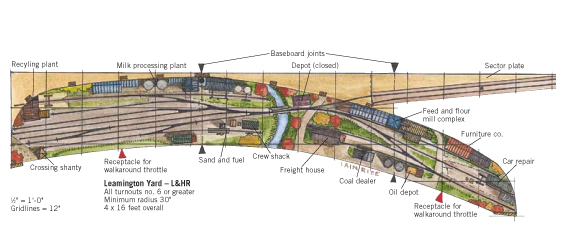
Track plan at a glance Name: Leamington Yard- L&HR Scale: HO Size: 4 x 16 feet Minimum radius: 30″ Minimum turnout: no. 6 Originally appeared in the October 1999 issue of Model Railroader. See a PDF version of this track plan by clicking her. […]
Read More…
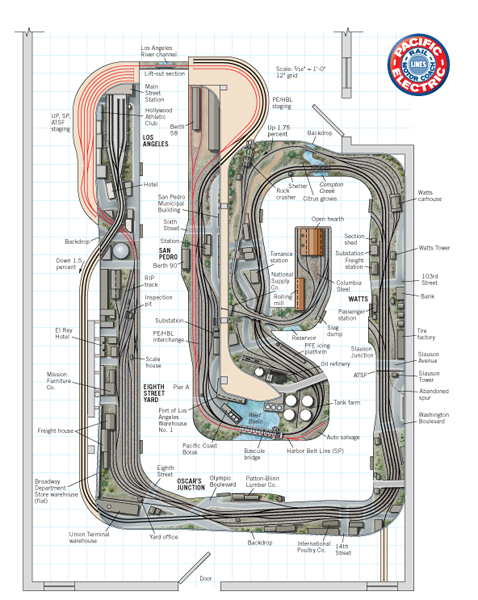
Track plan at a glance Name: Pacific Electric Southern District Originally appeared in the September 1999 issue of Model Railroader. See a PDF version of this track plan by clicking here. […]
Read More…
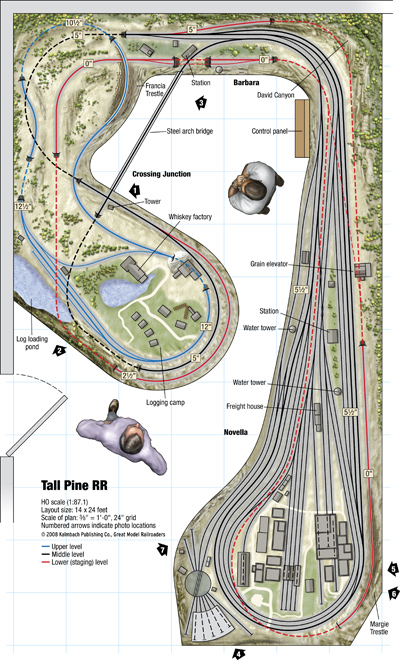
Track plan at a glance Name: Tall Pine RR Scale: HO (1:87.1) Size: 14 x 24 feet Prototype: freelanced Era: 1940s Style: walkaround Mainline run: 125 feet Minimum radius: 24″ Minimum turnout: no. 6 Maximum grade: 3 percent Originally appeared in the January 2008 issue of Model Railroader. See a PDF version of this track […]
Read More…
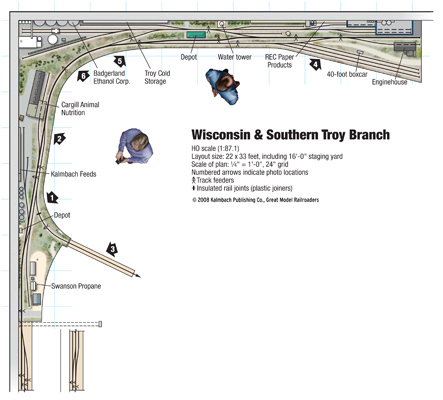
Track plan at a glance Name: Wisconsin & Southern Troy Branch Scale: HO (1:87.1) Size: 22 x 33 feet, including 16′-0″ staging yard Prototype: Wisconsin & Southern Era: present day Style: shelf Mainline run: 36 feet Minimum radius: 30″ Minimum turnout: no. 5 Maximum grade: none Originally appeared in the January 2008 issue of Model […]
Read More…
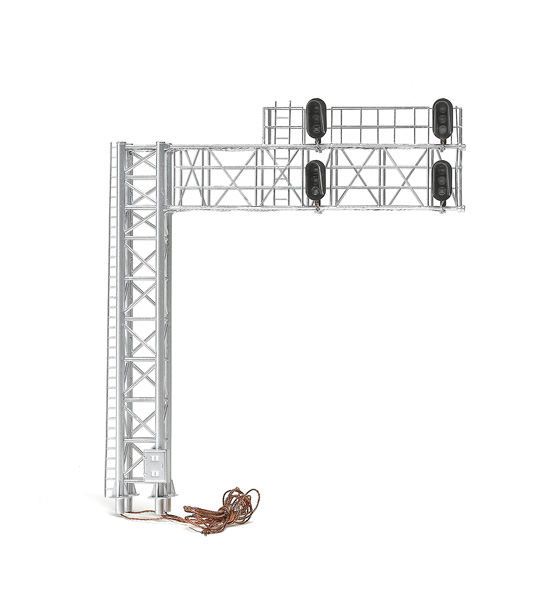
BLMA Models HO signal bridge An HO scale model of a lineside structure vital to modern-day railroading is the latest product from BLMA Models. The firm’s modern cantilever signal bridge is an accurate representation of a prototype seen alongside main lines all over the country. The model comes fully assembled, wired, and ready to install […]
Read More…
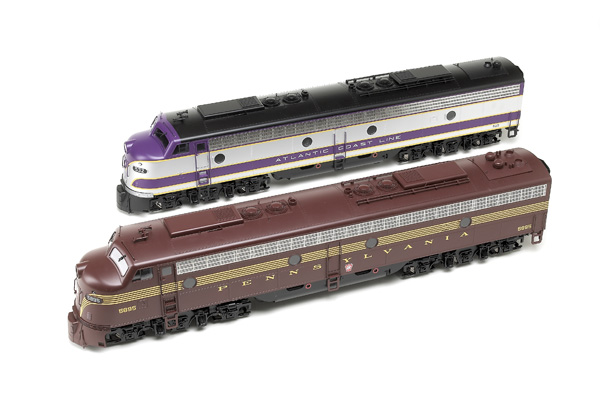
Aristo-Craft Trains 1:29 E8 diesel Fans of large-scale model railroading can now add a sleek E unit to their passenger-hauling fleets. The Aristo-Craft E8 is an accurate 1:29-proportion model that comes within scale inches of prototype drawings in the Model Railroader Cyclopedia Vol. 2: Diesel Locomotives (Kalmbach Publishing Co., out of print). The model has […]
Read More…
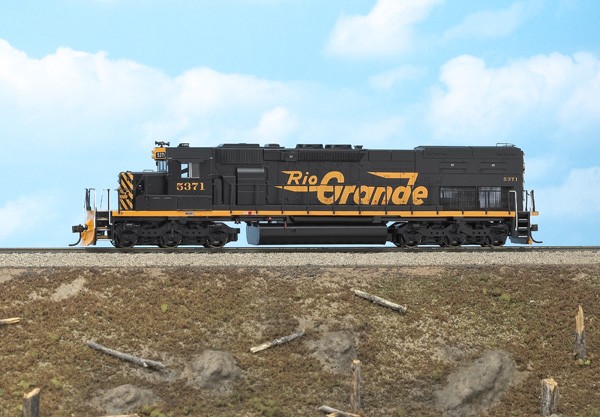
Athearn’s HO scale Electro-Motive Division SD40T-2, first released in 1984, has received an extensive makeover with railroad-specific details, see-through air intakes and dynamic brake fans, and Celcon handrails. The Ready-to-Roll direct-current model has a Quick Plug for conversion to Digital Command Control (DCC). Prototype history. When Southern Pacific commissioned EMD to build the SD40T-2 in […]
Read More…
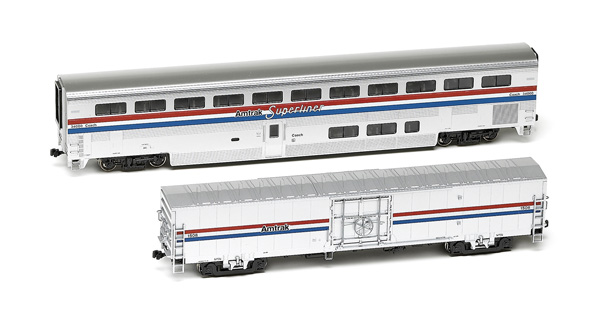
Kato USA HO Amtrak passenger car An Amtrak Superliner coach and a material handling car are the initial releases in a new line of contemporary HO passenger cars from Kato. Both models are well-detailed and finished in Amtrak’s phase 3 paint scheme of the 1980s with equal-width red, white, and blue stripes. The coach includes […]
Read More…
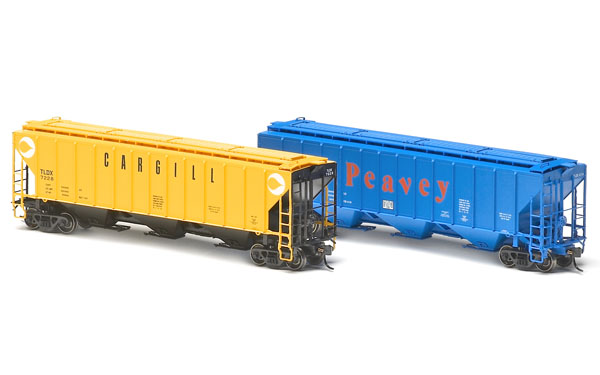
HO scale locomotivesAlco C-424 and C-425 diesel locomotives. New paint schemes on C-424 are Canadian National (black-and-white stripes), Canadian Pacific (Action Red; maroon and gray), and Cuyahoga Valley Scenic RR (special edition). New paint schemes on C-425 are Burlington Northern, Pennsylvania RR (Brunswick Green), and Seminole Gulf (special edition). New road numbers on C-425s decorated […]
Read More…
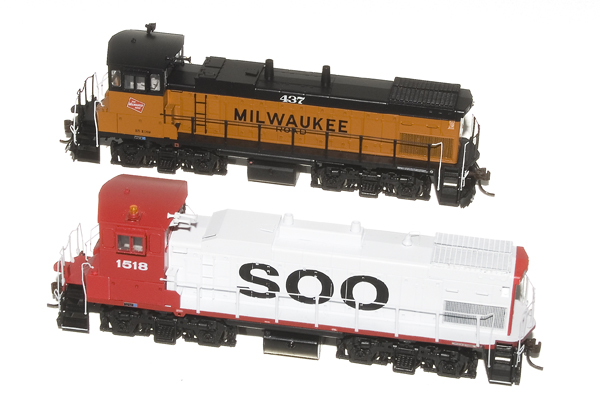
Trainfest was held November 10-11, 2007, at the Wisconsin Exposition Center at State Fair Park in West Allis, Wis., a suburb of Milwaukee. The two-day show featured more than 130 vendors and manufacturers, 58 model railroad layouts, and 25 clinicians and demonstrations. Attendance for Trainfest was 20,979, a record for the show. Electro-Motive Division MP15AC […]
Read More…

WAUKESHA, WI — Hall of fame rock-n-roller, Rod Stewart, unwinds after a concert by kitbashing and scratchbuilding. These terms may sound like code words that explain the mysterious antics of a world-famous celebrity, but instead they describe techniques for one of the world’s most popular hobbies: model railroading. The acclaimed songwriter of hits like “Forever […]
Read More…
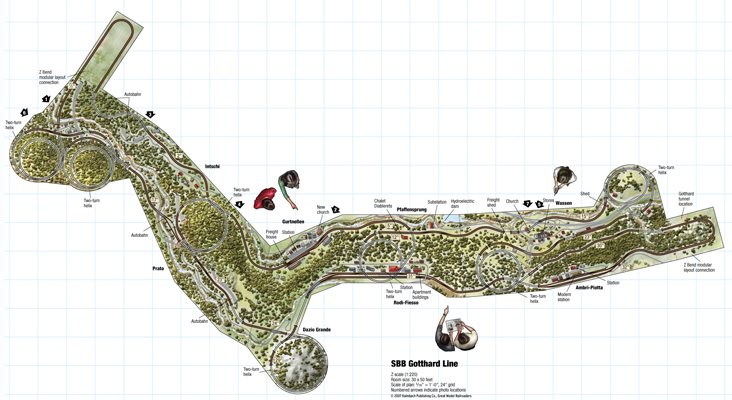
Track plan at a glance Name: SBB Gotthard Line Scale: Z (1:220) Size: 30 x 50 feet Prototype: Swiss Federal Rys. Era: contemporary Style: island Mainline run: 310 feet Minimum radius: 10″ Minimum turnout: no. 6 Maximum grade: 2.5 percent Originally appeared in the December 2007 issue of Model Railroader. See a PDF version of […]
Read More…












